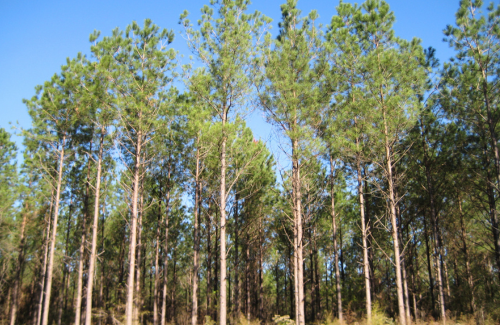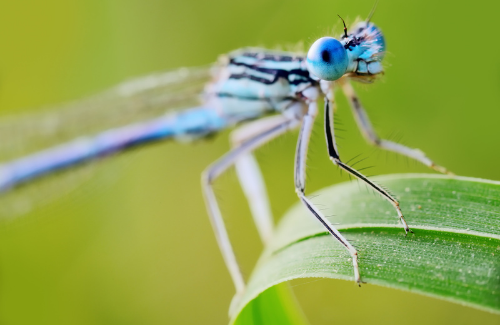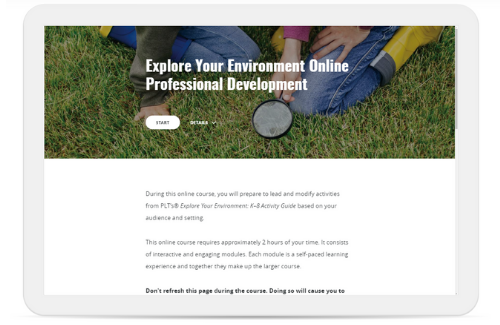
Thank a Tree for Everything From Your Roof to Shredded Cheese
Celebrate National Forest Products Week from October 20-26, 2024 and appreciate the many ways forest products play a role in our daily lives—from the houses we live in to the paper we use at school and work.










